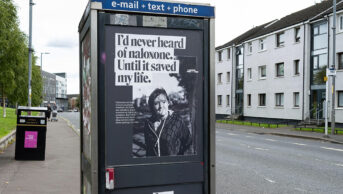
Alamy Stock Photo
Benzodiazepines and Z-drugs, such as zopiclone, are prescribed more frequently in areas of greater socioeconomic deprivation, a study published in Family Practice has shown (22 October 2019)[1]
.
Researchers looked at data on benzodiazepine and Z-drug prescribing in England from 2017, and correlated it with practice socioeconomic status using index of multiple deprivation (IMD) scores. Medicine doses were converted to their milligram-equivalent of diazepam to enable comparison.
After adjusting for age and sex, benzodiazepine and Z-drug prescribing was more common in practices with higher IMD scores, indicating greater deprivation. However, the team noted that IMD score only explained a small proportion of the overall variation in prescribing.
The researchers said that it was important to understand prescribing patterns for these drugs, owing to their potential for addiction and dependence.
They added that more research is now needed to better characterise the factors leading to prescribing variation.
“Although Z-drugs and benzodiazepines are commonly prescribed and effective in specific situations, the side effects and potential for abuse, as well as the propensity for addiction, mean closer scrutiny is required,” the researchers concluded.
References
[1] Soyombo S, Stanbrook R, Aujla H et al. Fam Prac 2019. doi: 10.1093/fampra/cmz054


